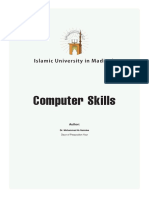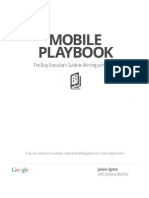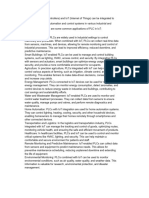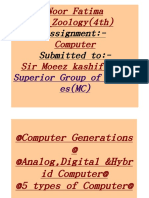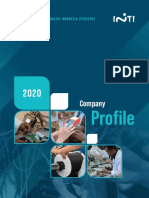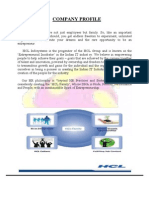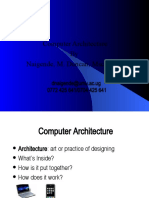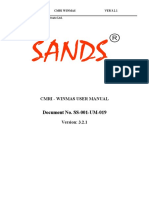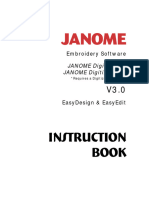0% found this document useful (0 votes)
14 views18 pagesY9. 1.1 Types Computers
The document outlines various types of computers, including desktop, mainframe, and mobile computers, detailing their characteristics, uses, advantages, and disadvantages. Desktop computers are known for their standard components and processing power but lack portability, while mainframes handle large data processing tasks but are complex and expensive. Mobile computers, such as laptops, tablets, and smartphones, offer portability and versatility but come with limitations like battery life and smaller keyboards.
Uploaded by
chanyankei11Copyright
© © All Rights Reserved
We take content rights seriously. If you suspect this is your content, claim it here.
Available Formats
Download as PDF, TXT or read online on Scribd
0% found this document useful (0 votes)
14 views18 pagesY9. 1.1 Types Computers
The document outlines various types of computers, including desktop, mainframe, and mobile computers, detailing their characteristics, uses, advantages, and disadvantages. Desktop computers are known for their standard components and processing power but lack portability, while mainframes handle large data processing tasks but are complex and expensive. Mobile computers, such as laptops, tablets, and smartphones, offer portability and versatility but come with limitations like battery life and smaller keyboards.
Uploaded by
chanyankei11Copyright
© © All Rights Reserved
We take content rights seriously. If you suspect this is your content, claim it here.
Available Formats
Download as PDF, TXT or read online on Scribd
/ 18













































